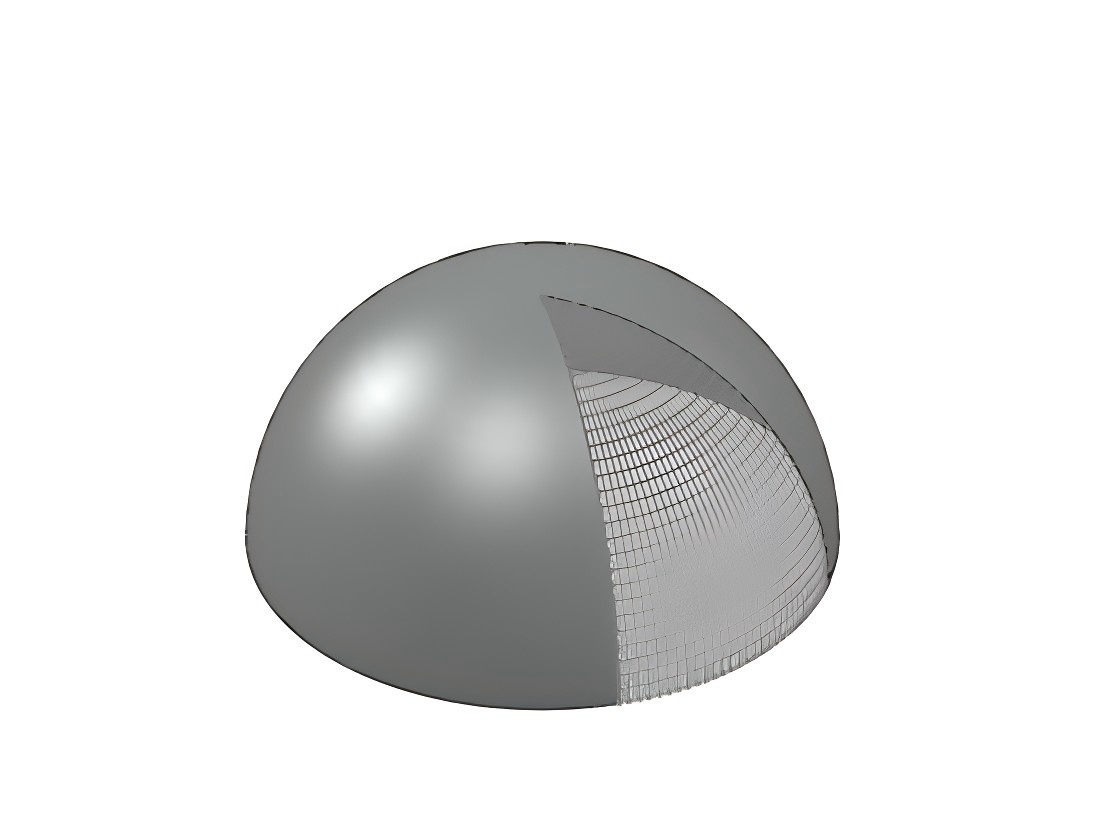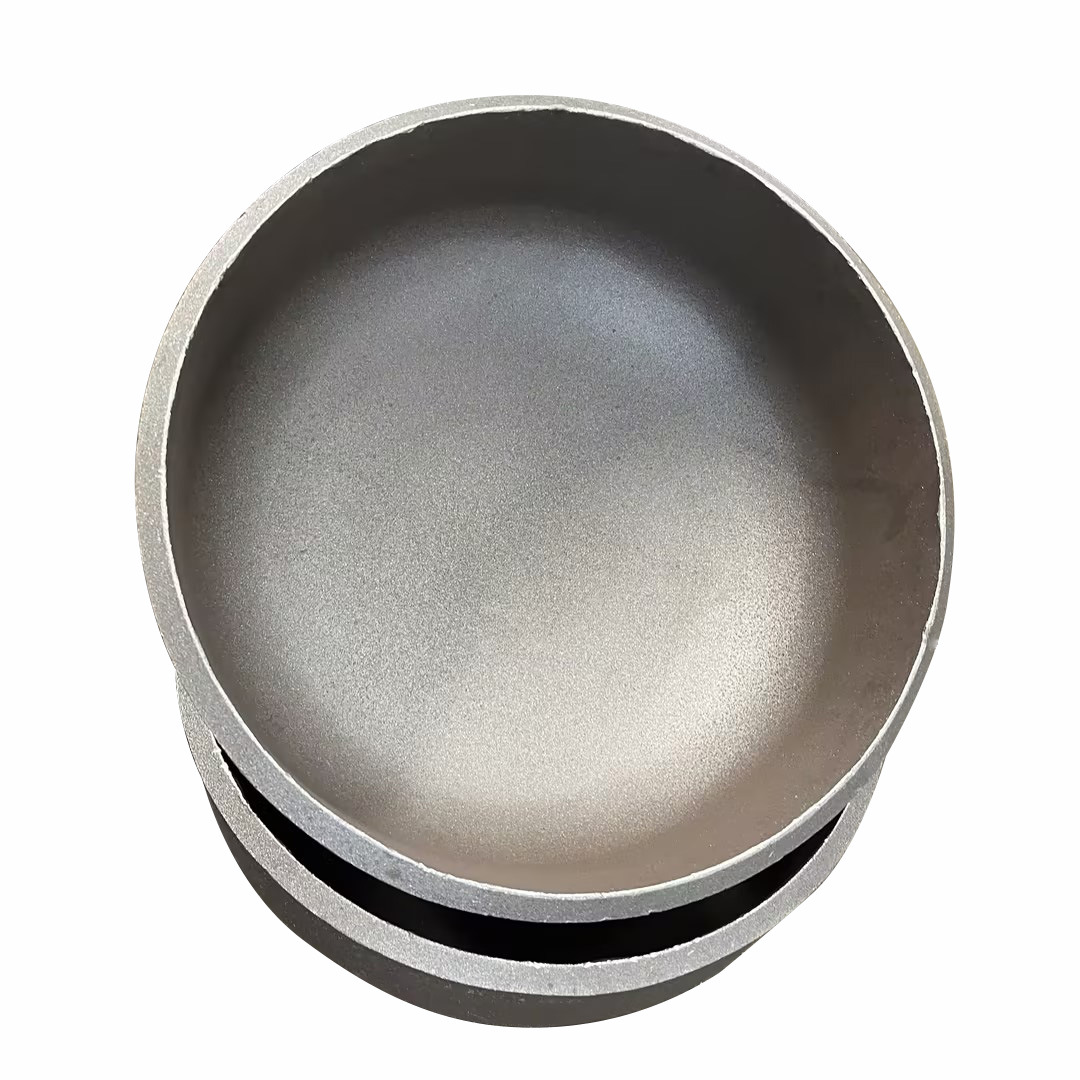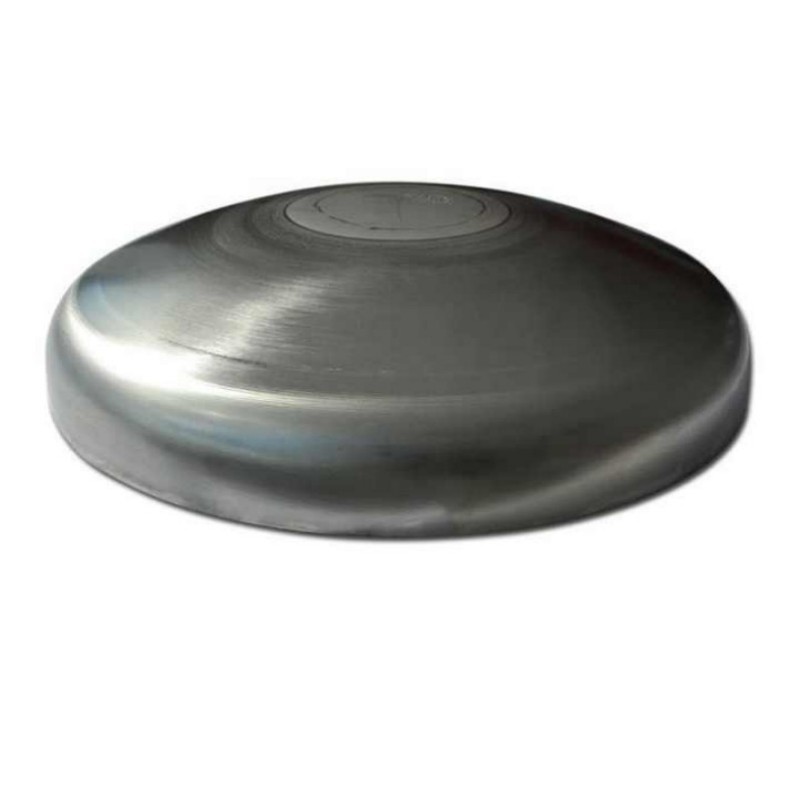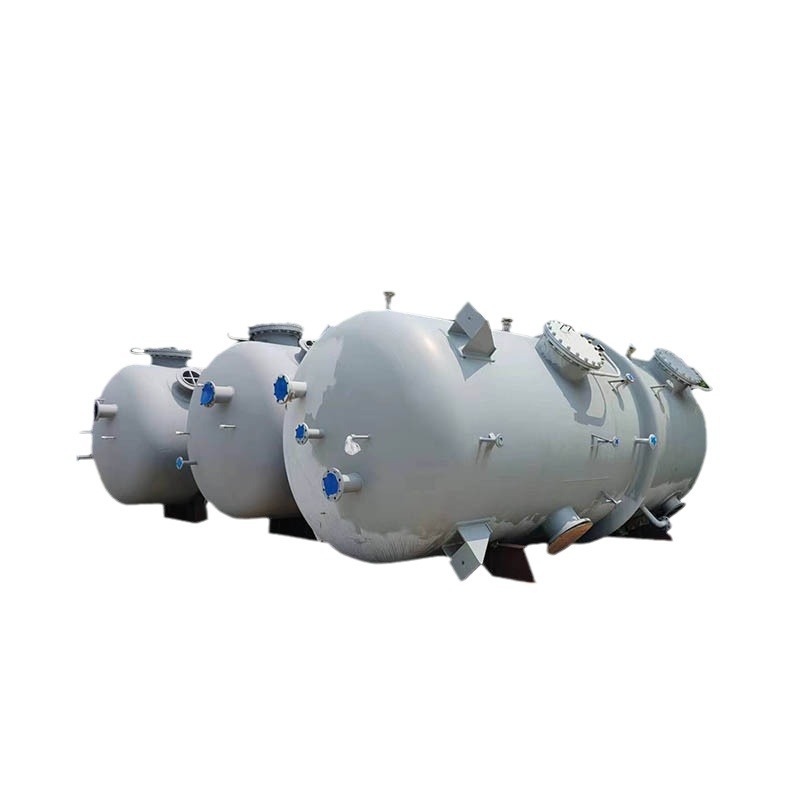Why are the Composite Heads Sensitization ?
Upload Time:
Dec 16, 2024
Reasons for the sensitization of the composite head.
Causes and Implications
When inspecting a pressure vessel head in a manufacturing facility, a concerning issue was discovered: numerous fine, thread-like substances appeared on the inner surface. Upon further analysis, including metallographic and thermal stress studies, it became clear that the head, made from a multi-layer austenitic stainless steel composite, had undergone sensitization. This phenomenon is known to cause intergranular corrosion, which can result in issues like cracks and grain shedding during the subsequent head-forming and operational phases.
Equipment Overview
The pressure vessel in question is a Type I vessel, designed to operate under pressures ranging from 0 to 750 kPa (g) and temperatures between 50°C and 67°C. It handles various media, including vinyl chloride monomer, peroxide, azo compound initiators, and steam. Importantly, the medium contains chloride ions, which, under specific conditions, can hydrolyze and dissolve in water, forming hydrochloric acid. This acid can then act as a corrosive agent for austenitic stainless steel, making it a key factor in the vessel's susceptibility to intergranular corrosion.
The vessel's design includes a 4500mm inner diameter and a volume of 150m³. Both the cylinder and the head are constructed from composite plates, with the base material being 16MnR steel and the composite material being 0Cr18Ni9 stainless steel. Notably, the lower head and part of the cylinder are equipped with agitators to facilitate the mixing process. The head has a thickness of 30+3mm, while the cylinder's thickness varies, being 28+3mm at the agitator part and 16+3mm without the agitator.
The head is a standard elliptical shape with an inner diameter of 4500mm. It is composed of a 30mm thick normalized 16MnR plate and a 3.1mm thick solid-solution 0Cr18Ni9 plate, which were explosively bonded together. The bonding process includes a heat treatment step to relieve explosion stresses, ensuring the integrity of the composite material.
Corrosion Status
Ultrasonic thickness measurements revealed no significant thinning of the cylinder or head, indicating that uniform corrosion was not a major issue. However, penetration inspections uncovered several concerning signs of localized damage. While no cracks were observed on the inner wall of the cylinder, small lines were visible on the upper head, and large areas of dense, fine lines appeared on the lower head. These are suspected to be micro-cracks, especially concentrated in the area from the straight edge to the arc transition of the head.
Cause Analysis of Sensitization
A closer review of the head's forming and heat treatment processes offers insight into the root causes of sensitization. The manufacturing process begins with blank preparation and tailor-welding, followed by the first heat treatment (600±20°C for 80 minutes, with furnace cooling to 480°C and air cooling). This is followed by drum press molding, an intermediate heat treatment (identical to the first), and then spinning forming. Finally, a last heat treatment is conducted, where the head is held at 980°C for 30 minutes and then rapidly air-cooled to 400°C within 22 minutes.
The initial heat treatment is designed to eliminate welding stresses, while the intermediate treatment addresses deformation residual stresses. The final heat treatment aims to resolve the residual stresses and eliminate sensitization caused by earlier heat treatments, restoring the material to its solid solution state.
Austenitic stainless steel, such as 0Cr18Ni9, is prone to sensitization when exposed to temperatures between 540°C and 845°C. During this temperature range, carbon in the austenite phase can combine with iron and chromium, forming precipitates at the grain boundaries. This depletes the chromium content at the grain boundary, creating a region vulnerable to corrosion—a state known as sensitization. In fact, the 0Cr18Ni9 material is particularly susceptible to sensitization after just 10 minutes at 650°C.
In this case, the cladding material was exposed to temperatures of 600±20°C for 80 minutes during two heat treatment cycles, leading to severe sensitization. The subsequent spinning forming process and operational conditions—particularly in high-stress areas like the arc transition of the head—have created an environment where cracks and intergranular corrosion are more likely to occur.
The final heat treatment, which involves holding the head at 980°C for 30 minutes and cooling it rapidly to 400°C, was designed to reverse the sensitization process, aiming to restore the stainless steel to its original solid solution state.
Conclusion
When inspecting a pressure vessel head in a manufacturing facility, a concerning issue was discovered: numerous fine, thread-like substances appeared on the inner surface. Upon further analysis, including metallographic and thermal stress studies, it became clear that the head, made from a multi-layer austenitic stainless steel composite, had undergone sensitization. This phenomenon is known to cause intergranular corrosion, which can result in issues like cracks and grain shedding during the subsequent head-forming and operational phases.
Equipment Overview
The pressure vessel in question is a Type I vessel, designed to operate under pressures ranging from 0 to 750 kPa (g) and temperatures between 50°C and 67°C. It handles various media, including vinyl chloride monomer, peroxide, azo compound initiators, and steam. Importantly, the medium contains chloride ions, which, under specific conditions, can hydrolyze and dissolve in water, forming hydrochloric acid. This acid can then act as a corrosive agent for austenitic stainless steel, making it a key factor in the vessel's susceptibility to intergranular corrosion.
The vessel's design includes a 4500mm inner diameter and a volume of 150m³. Both the cylinder and the head are constructed from composite plates, with the base material being 16MnR steel and the composite material being 0Cr18Ni9 stainless steel. Notably, the lower head and part of the cylinder are equipped with agitators to facilitate the mixing process. The head has a thickness of 30+3mm, while the cylinder's thickness varies, being 28+3mm at the agitator part and 16+3mm without the agitator.
The head is a standard elliptical shape with an inner diameter of 4500mm. It is composed of a 30mm thick normalized 16MnR plate and a 3.1mm thick solid-solution 0Cr18Ni9 plate, which were explosively bonded together. The bonding process includes a heat treatment step to relieve explosion stresses, ensuring the integrity of the composite material.
Corrosion Status
Ultrasonic thickness measurements revealed no significant thinning of the cylinder or head, indicating that uniform corrosion was not a major issue. However, penetration inspections uncovered several concerning signs of localized damage. While no cracks were observed on the inner wall of the cylinder, small lines were visible on the upper head, and large areas of dense, fine lines appeared on the lower head. These are suspected to be micro-cracks, especially concentrated in the area from the straight edge to the arc transition of the head.
Cause Analysis of Sensitization
A closer review of the head's forming and heat treatment processes offers insight into the root causes of sensitization. The manufacturing process begins with blank preparation and tailor-welding, followed by the first heat treatment (600±20°C for 80 minutes, with furnace cooling to 480°C and air cooling). This is followed by drum press molding, an intermediate heat treatment (identical to the first), and then spinning forming. Finally, a last heat treatment is conducted, where the head is held at 980°C for 30 minutes and then rapidly air-cooled to 400°C within 22 minutes.
The initial heat treatment is designed to eliminate welding stresses, while the intermediate treatment addresses deformation residual stresses. The final heat treatment aims to resolve the residual stresses and eliminate sensitization caused by earlier heat treatments, restoring the material to its solid solution state.
Austenitic stainless steel, such as 0Cr18Ni9, is prone to sensitization when exposed to temperatures between 540°C and 845°C. During this temperature range, carbon in the austenite phase can combine with iron and chromium, forming precipitates at the grain boundaries. This depletes the chromium content at the grain boundary, creating a region vulnerable to corrosion—a state known as sensitization. In fact, the 0Cr18Ni9 material is particularly susceptible to sensitization after just 10 minutes at 650°C.
In this case, the cladding material was exposed to temperatures of 600±20°C for 80 minutes during two heat treatment cycles, leading to severe sensitization. The subsequent spinning forming process and operational conditions—particularly in high-stress areas like the arc transition of the head—have created an environment where cracks and intergranular corrosion are more likely to occur.
The final heat treatment, which involves holding the head at 980°C for 30 minutes and cooling it rapidly to 400°C, was designed to reverse the sensitization process, aiming to restore the stainless steel to its original solid solution state.
Conclusion
The sensitization of composite heads in pressure vessels, particularly those made from multi-layer austenitic stainless steel, is a critical issue that can significantly impact the vessel's performance and longevity. Understanding the heat treatment processes
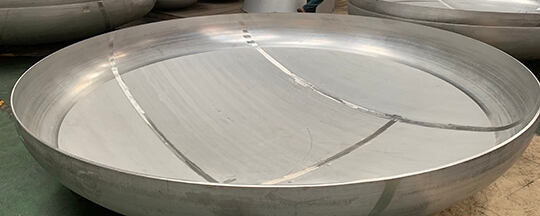
Relevant News
